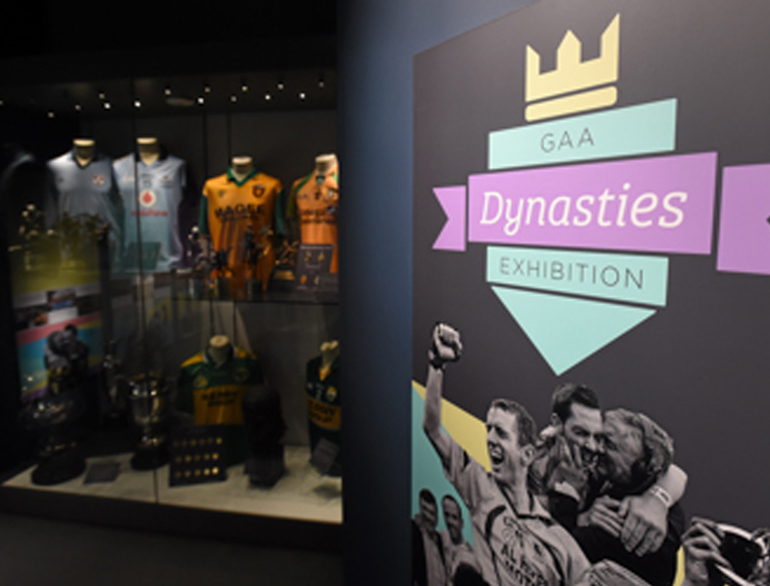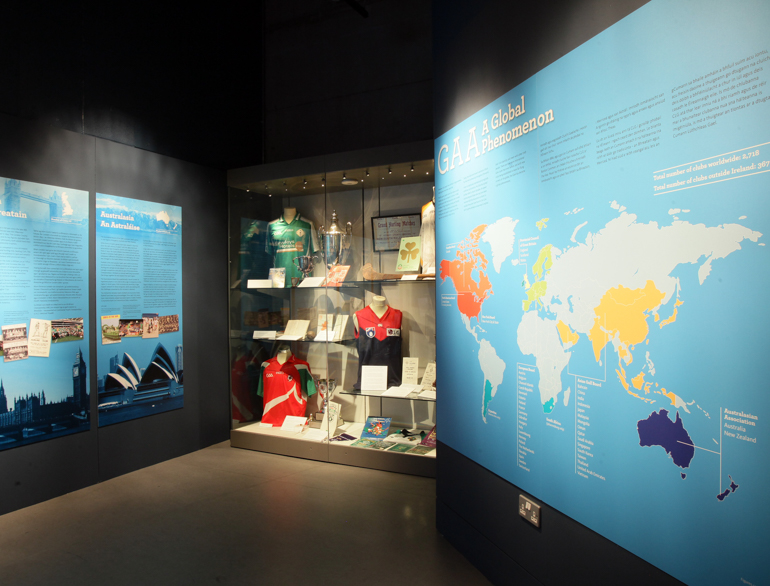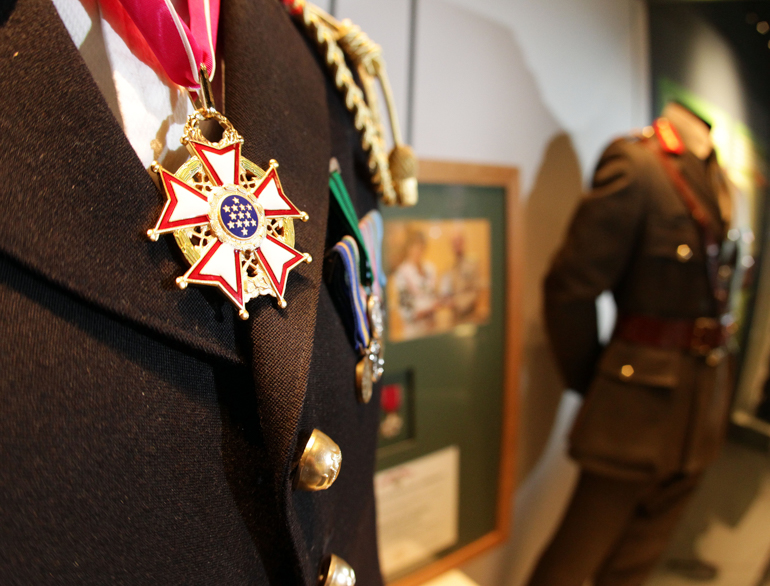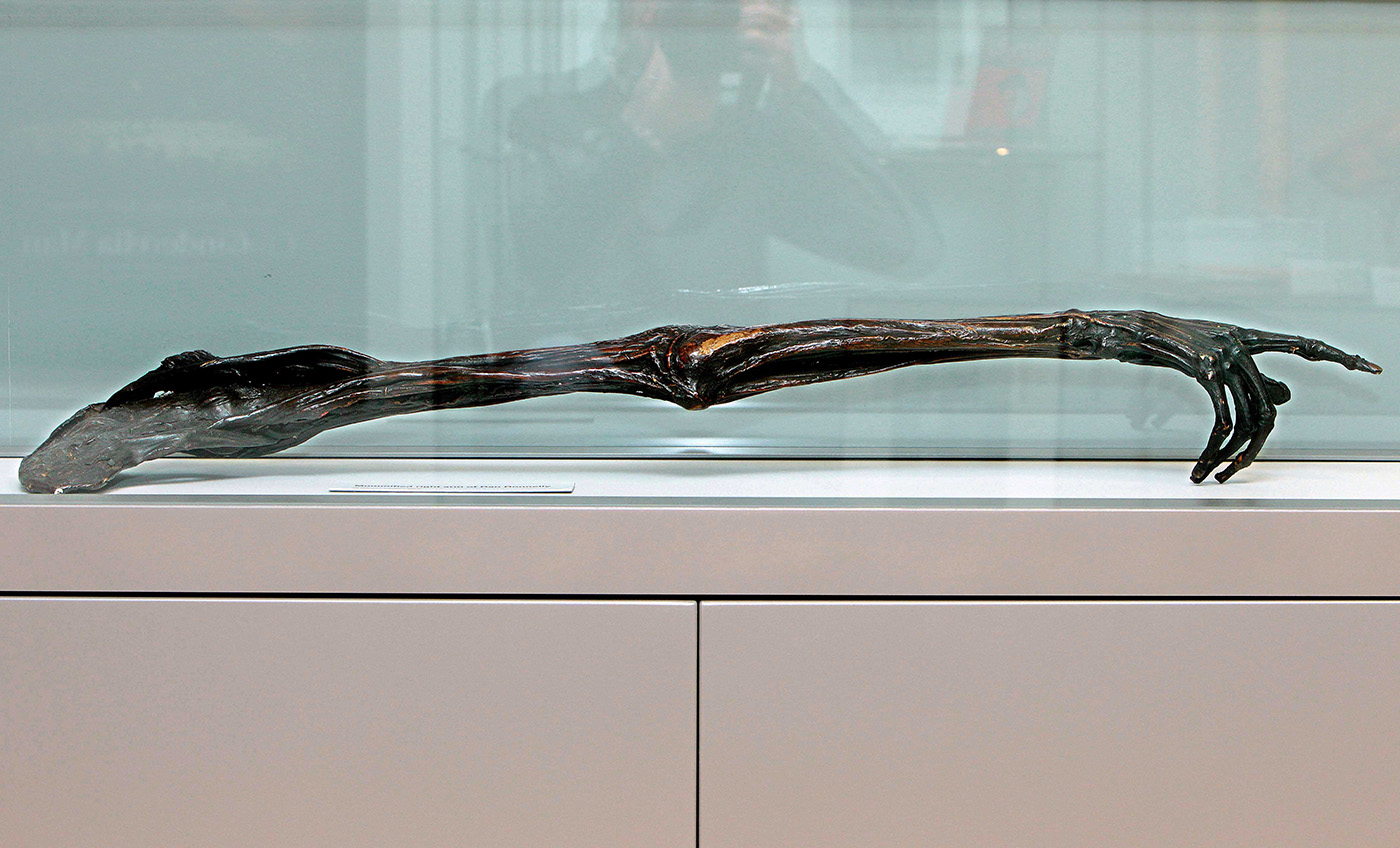- Back to Exhibitions
Past Temporary Exhibitions
Tuning In - From Wireless to Wi-Fi (June 2019 - June 2020)
Charting the history of Gaelic games being broadcast on the national airwaves – radio and television - and the notable individuals who commentated and brought the excitement of the games into homes throughout the country.
The exhibition captures key milestones and developments in how the coverage of Gaelic games has evolved since the first broadcast in August 1926.
GAA Museum: 20 Years (June 2018 - May 2019)
In 2018, the GAA Museum celebrated its 20th Birthday with a new exhibition and an anniversary programme of events. The exhibition – GAA Museum: 20 Years – brought us back to that time, tracing the key moments in GAA and Croke Park history over the ensuing twenty years.
Topics covered include the completion of the Croke Park redevelopment, the introduction of the football qualifiers, the first All-Ireland final under floodlights, Kilkenny’s four-in-a-row, the deletion of Rule 21, the suspension of Rule 42 that paved the way for international rugby and soccer to be played in Croke Park, the Special Olympics World Summer Games in 2003 and the GAA 125 festivities in 2009.
The exhibition, housed in the GAA Museum’s temporary exhibition gallery, ran from June 2018 until May 2019.
Imreoir to Bainisteoir - May 2017 - May 2018
Imreoir to Bainisteoir celebrates players who have won All-Ireland's as both players and managers.
Few GAA players win All-Ireland medals and even fewer go on to repeat the feat as a team manager. A new exhibition at the GAA Museum celebrates this unique club of players. Imreoir to Bainisteoir features memorabilia, film footage and imagery from the 30 players who have achieved All-Ireland success both on the field and from the sidelines.
The exhibition, housed in the GAA Museum’s temporary exhibition gallery, ran from May 2017 until May 2018.
Ireland's Olympians
May 2016 - April 2017
Opened on 16th May 2016, Ireland’s Olympians celebrates the success of our most iconic Olympic athletes.
The exhibition features footage, imagery and memorabilia from iconic Irish Olympians including Ronnie Delany, Michael Carruth, Katie Taylor, Sonia O’Sullivan, Cian O’Connor and many, many more.
The exhibition was housed in the GAA Museum’s temporary exhibition gallery, and ran from May 2016 until Spring 2017.
Enjoy this short video about the new exhibition Ireland's Olympians
GAA Dynasties
May 2015 – May 2016

GAA Dynasties
The GAA is a central part of life for many Irish families. Be it at club or county level, the playing of Gaelic games is an unbroken tradition passed down through generations.
Some families in particular have continuously achieved success at the highest levels. It is this long-lasting link between family life and the GAA which was celebrated through the GAA Dynasties exhibition. GAA Dynasties explored the unique accomplishments of some of Gaelic Games’ most famous families.
Hair Hurling Balls: Earliest Artefacts of our National Game
July 2014 – June 2015
The GAA Museum's most recent temporary exhibition, ‘Hair Hurling Balls – Earliest Artefacts of our National Game’ was on display from July 2014 - June 2015.
It featured 14 hair hurling balls on display as part of the exhibition which was researched and developed by the National Museum of Ireland and previously hosted at the Museum of Country Life in Castlebar, County Mayo.
The balls are made from matted cow hair with a plaited horsehair covering and all found in bogs during the hand-cutting of turf. The balls have been dated with the oldest dated to c.1192 - making it over 800 years old!
The interactive exhibition invites visitors to uncover stories of the history of the hair hurling balls: where they were found, how they were made and their ages. The exhibition also explores the science behind our knowledge. Visitors can see how these earliest objects of our national game compare with those of today and learn more about their folklore.
GAA – A Global Phenomenon
June 2012 – June 2014

GAA - A Global Phenomenon
This exhibition provided an overview of the history and development of the GAA overseas from 1884 to the present day.
It covered the worldwide GAA, focusing on the Association’s development in key regions - Britain, North America, Australasia, Asia, Europe and Canada. The exhibition included artefacts from the museum’s own collection and material from the GAA Archive, in addition to material from other institutions including Kerry County Museum (Tralee) and Lár na Páirce (Thurles) as well as items from various clubs and units overseas.
Dermot Earley – Leader & Legend
June 2011 – June 2012

Dermot Earley: Leader & Legend
In June 2011, the GAA Museum unveiled an exhibition to honour the late Dermot Earley, former Roscommon footballer and Chief-of-Staff of the Irish Defence Forces.
Dermot Earley - Leader & Legend celebrated Dermot's life and featured souvenirs from his career as a hugely successful gaelic footballer, playing for both Roscommon and Connacht, and from his distinguished military career in the Irish Defence Forces.
The exhibition was a great success and attracted many visitors during its one year-tenure in Croke Park. Items from this exhibition, including Dermot Earley's medal collection, Roscommon jersey and All-Star Awards, are now on permanent display in the museum's first floor "Legends of the Game" display.
Fighting Irishmen Exhibition
May – August 2010

Dan Donnelly's Arm
In 2010, the GAA Museum hosted Fighting Irishmen - Celebrating Celtic Prizefighters 1820 to present. This exhibition, organised by the Irish Arts Centre, NYC under the direction of Jim Houlihan, told the story of Irish emigration through the sport of boxing.
The exhibition offered all visitors, and boxing enthusiasts alike, a unique glimpse at the role that prize-fighting played in the history of Irish America and Ireland; it featured an array of robes, gloves, boxing bags, prints, photographs, paintings and film footage of Celtic prizefighters from 1820 to the present day.
Perhaps the most unique item in the exhibition was the late, great Irish fighter Dan Donnelly’s mummified right arm. Actor Liam Neeson, Honorary Chair and long-time supporter of the Irish Arts Center, also loaned personal items from his amateur boxing career to the exhibit, including the gloves given to him by Olympic boxer Freddie Gilroy.
Given the connection between Croke Park and Muhammad Ali, who famously fought Al Blue Lewis at the venue in 1972, it was fitting that the exhibition included a signed glove and shorts worn by Ali that night.
Remembering Bloody Sunday
The exhibition provides a factual account of the tragic day through artefacts, documents and photographs. It honours the victims, tells their stories, and provides visitors with a place to reflect and learn more about the events surrounding the darkest day in GAA history. A microcosm of the War of Independence; the events of Bloody Sunday on 21st November 1920 marked a decisive turning-point in Irish history.
In Croke Park, the Dublin and Tipperary football teams lined out for a great challenge match. Spectators filled the grounds, completely unaware that the RIC were mobilising, intent on carrying out an act of deadly retribution for the earlier assassinations of British intelligence agents by Michael Collins’ Squad. 10 minutes into the game, shots rang out. The firing lasted for 90 seconds, killing 14 civilians and injuring 60 more.
Later that evening, the killing of two high-ranking Dublin IRA officers, Dick McKee and Peadar Clancy, and Irish language enthusiast, Conor Clune, in Dublin Castle brought the tragic day to an end.
As the national custodian of all of the archives and artefacts of the Gaelic Athletic Association, the GAA Museum is honoured to remember the 100th anniversary of Bloody Sunday.
Celebrating Ireland’s national games and how the GAA has contributed to our cultural, social and sporting heritage is at the heart of everything we do. Remembering Bloody Sunday is therefore of utmost importance to us and we invite you to remember it with us through our sensitively curated, diverse events programme.

Remembering Bloody Sunday